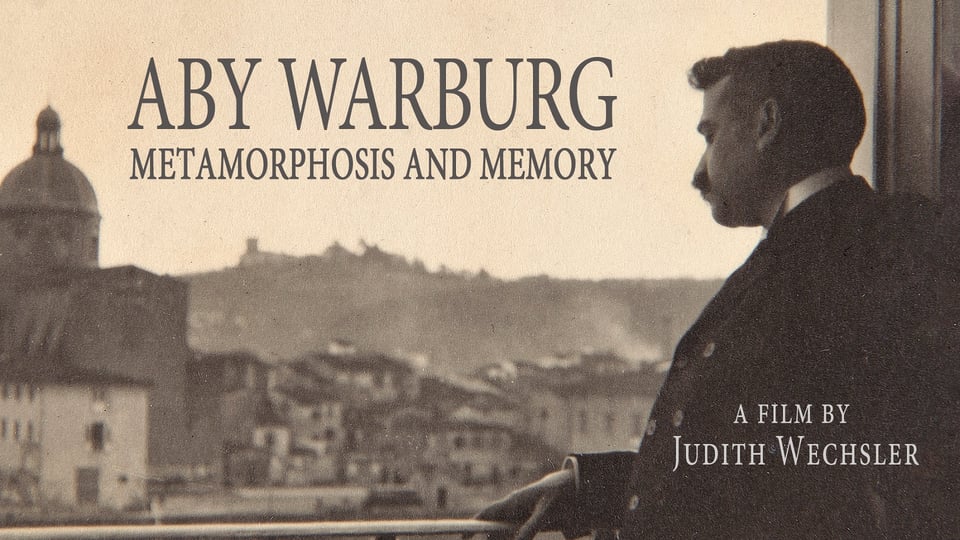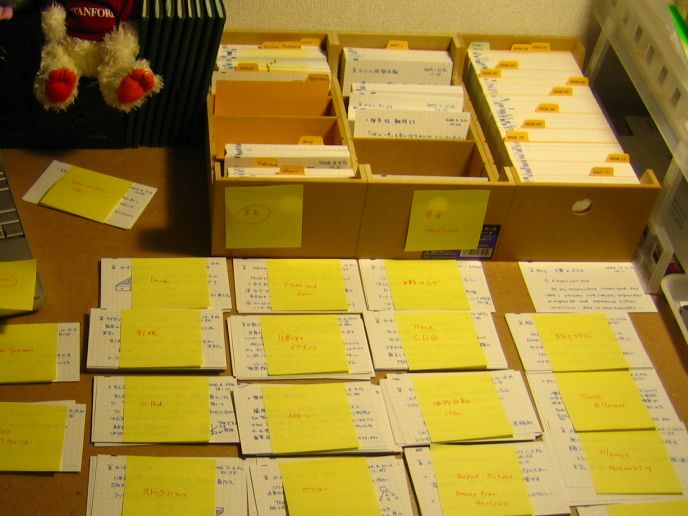reply to u/ArousedByApostasy at https://old.reddit.com/r/Zettelkasten/comments/1g8diq4/any_books_about_how_someone_used_zettelkasten_to/
If you're suffering from the delusion (and many do) that Zettelkasten is only about Luhmann and his own writing and 4-5 recent books on the topic, you're only lacking creativity and some research skills. Seemingly Luhmann has lots of good PR, particularly since 2013, but this doesn't mitigate the fact that huge swaths of the late 1800s to the late 1900s are chock-a-block full of books produced by these methods. Loads of examples exist under other names prior to that including florilegia, commonplace books, the card system, card indexes, etc.
Your proximal issue is that the scaffolding used to write all these books is generally invisible because authors rarely, if ever, talk about their methods and as a result, they're hard to "see". This doesn't mean that they don't exist.
I've got a list of about 50+ books about the topic of zettelkasten or incredibly closely related methods dating back to 1548 if you want to peruse some: https://www.zotero.org/groups/4676190/tools_for_thought/collections/V9RPUCXJ/tags/note%20taking%20manuals/items/F8WSEABT/item-list
There are a variety of examples of people's note collections that you can see in various media and compare to their published output. I've collected several dozens of examples, many of which you can find here: https://boffosocko.com/research/zettelkasten-commonplace-books-and-note-taking-collection/
Interesting examples to get you started:
- Vladimir Nabokov's estate published copies of his index cards for the novel The Original of Laura which you can purchase and read in its index card format. You can find a copy of his index card diary as Insomniac Dreams from Princeton University Press: https://press.princeton.edu/books/paperback/9780691196909/insomniac-dreams
- S.D. Goitein - researchers on the Cairo Geniza still use his note collection to produce new scholarship; though he had 1/3 the number of note cards compared to Luhmann, his academic writing output was 3 times larger. If you dig around you can find a .pdf copy of his collection of almost 30,000 notes and compare it to his written work.
- There's a digitized collection of W. Ross Ashby's notes (in notebook and index card format) which you can use to cross reference his written books and articles. https://ashby.info/
- Wittgenstein had a well-known note collection which underpinned his works (as well as posthumous works). See: Wittgenstein, Ludwig. Zettel. Edited by Gertrude Elizabeth Margaret Anscombe and Georg Henrik von Wright. Translated by Gertrude Elizabeth Margaret Anscombe. Second California Paperback Printing. 1967. Reprint, Berkeley and Los Angeles, California: University of California Press, 2007.
- Roland Barthes had a significant collection from which he both taught and wrote; His notes following his mother's death can be read in the book Morning Diary which were published as index card-based notes.
- The Marbach exhibition in 2013 explored six well-known zettelkasten (including Luhmann's): Gfrereis, Heike, and Ellen Strittmatter. Zettelkästen: Maschinen der Phantasie. 1st edition. Marbach am Neckar: Deutsche Schillerges, 2013. https://www.amazon.de/-/en/Heike-Gfrereis/dp/3937384855/.
- Philosopher John Locke wrote a famous treatise on indexing commonplace books which underlay his own commonplacing and writing work: Locke, John, 1632-1704. A New Method of Making Common-Place-Books. 1685. Reprint, London, 1706. https://archive.org/details/gu_newmethodmaki00lock/mode/2up.
- Historian Jacques Barzun, a professor, dean and later provost at Columbia, not only wrote dozens of scholarly books, articles, and essays out of his own note collection, but also wrote a book about some of the process in a book which has over half a dozen editions: Barzun, Jacques, and Henry F. Graff. The Modern Researcher. New York, Harcourt, Brace, 1957. http://archive.org/details/modernreseracher0000unse. In his private life, he also kept a separate shared zettelkasten documenting the detective fiction which he read and was a fan. From this he produced A Catalogue of Crime: Being a Reader's Guide to the Literature of Mystery, Detection, and Related Genres (with Wendell Hertig Taylor). 1971. Revised edition, Harper & Row, 1989: ISBN 0-06-015796-8.
- Erasmus, Agricola, and Melanchthon all wrote treatises which included a variation of the note taking methods which were widely taught in the late 1500s at universities and other schools.
- The Jonathan Edwards Center at Yale has a digitized version of his note collection called the Miscellanies that you can use to cross reference his written works.
- A recent example I've come across but haven't mentioned to others until now is that of Barrett Wendell, a professor at Harvard in the late 1800s, taught composition using a zettelkasten or card system method.
- Director David Lynch used a card index method for writing and directing his movies based on the method taught to him by Frank Daniel, a dean at the American Film Institute.
- Mortimer J. Adler et al. created a massive group zettelkasten of western literature from which they wrote volumes 2 and 3 (aka The Syntopicon) of the Great Books of the Western World. See: https://forum.zettelkasten.de/discussion/2623/mortimer-j-adlers-syntopicon-a-topically-arranged-collaborative-slipbox
- Before he died, historian Victor Margolin made a YouTube video of how he wrote the massive two volume World History of Design which included a zettelkasten workflow: https://www.youtube.com/watch?v=Kxyy0THLfuI
- Martin Luther King, Jr. kept a zettelkasten which is still extant and might allow you to reference his notes to his written words.
- The Brothers Grimm used a zettelkasten method (though theirs was slips nailed to a wall) to create The Deutsches Wörterbuch (The German Dictionary that preceeded the Oxford Dictionary). The DWB was begun in 1838 by Jacob Grimm and Wilhelm Grimm who worked on it through the letter F prior to their deaths. The dictionary project was ended in 1961 after 123 years of work which resulted in 16 volumes. A further 17th source volume was released in 1971.
- Here's an interesting video of Ryan Holliday's method condensed over time: https://www.youtube.com/watch?v=dU7efgGEOgk
- Because Halloween is around the corner, I'll even give you a published example of death by zettelkasten described by Nobel Prize winner Anatole France in one of his books: https://boffosocko.com/2022/10/24/death-by-zettelkasten/
If you dig in a bit you can find and see the processes of others like Anne Lamott, Gottfried Wilhelm Leibniz, Bob Hope, Michael Ende, Twyla Tharp, Kate Grenville, Marcel Mauss, Claude Lévi-Strauss, Phyllis Diller, Carl Linnaeus, Beatrice Webb, Isaac Newton, Harold Innis, Joan Rivers, Umberto Eco, Georg Christoph Lichtenberg, Raymond, Llull, George Carlin, and Eminem who all did variations of this for themselves for a variety of output types.
These barely scratch the surface of even Western intellectual history much less other cultures which have broadly similar methods (including oral cultures). If you do a bit of research into any major intellectual, you're likely to uncover a similar underlying method of work.
While there are some who lionize Luhmann, he didn't invent or even perfect these methods, but is just a drop of water in a vast sea of intellectual history.
And how did I write this short essay response? How do I have all these examples to hand? I had your same question years ago and read and researched my way into an answer. I have both paper and digital zettelkasten from which to query and write. I don't count my individual paper slips of which there are over 15,000 now, but my digital repository is easily over 20,000 (though only 19K+ are public).
I hope you manage to figure out some version of the system for yourself and manage to create something interesting and unique out of it. It's not a fluke and it's not "just a method for writing material about zettelkasten itself".


